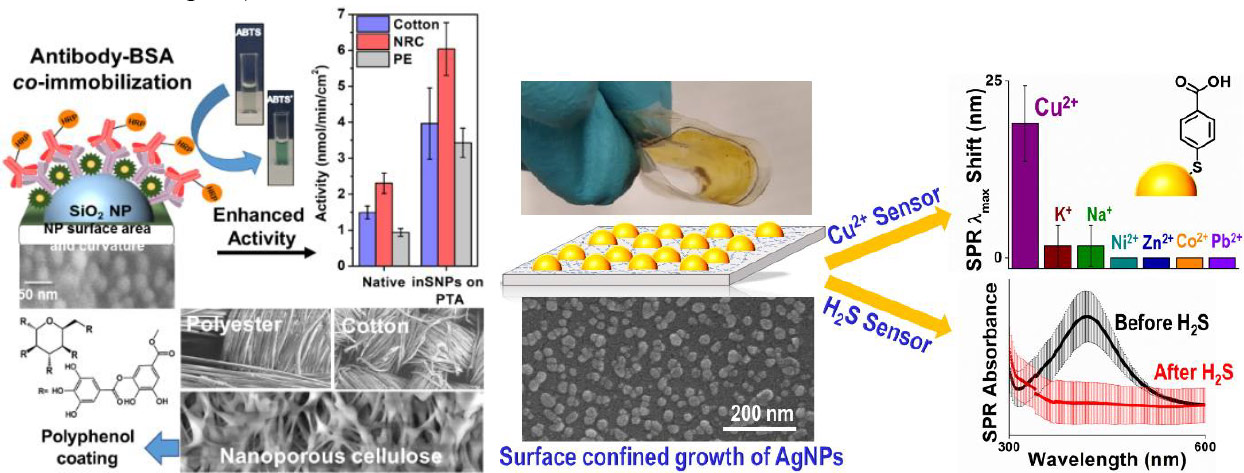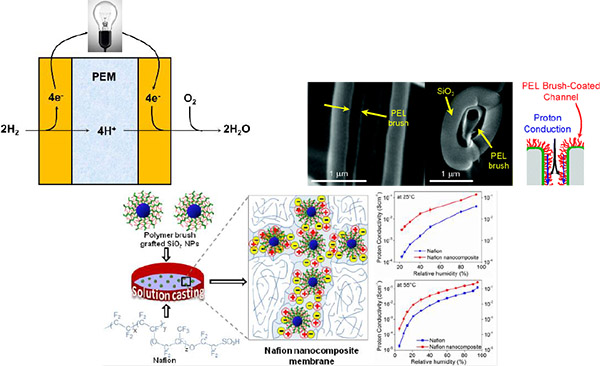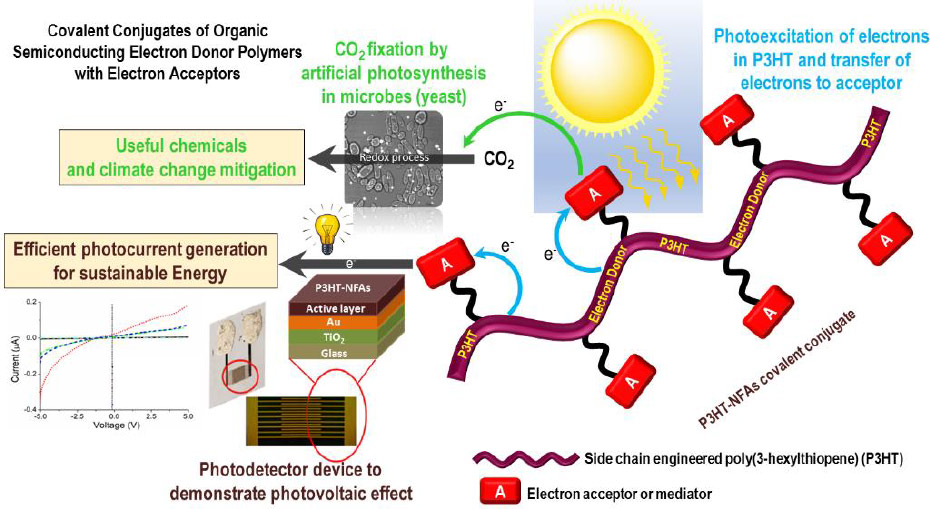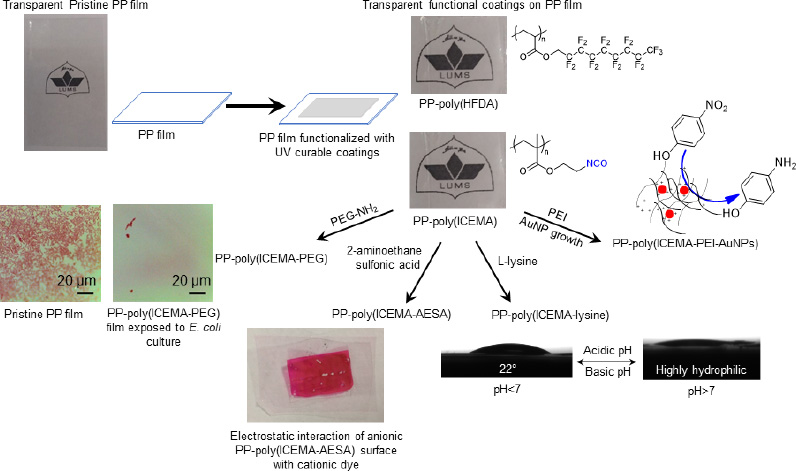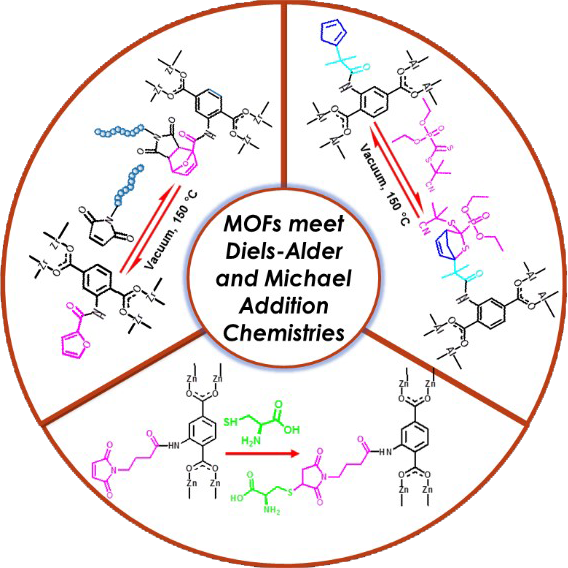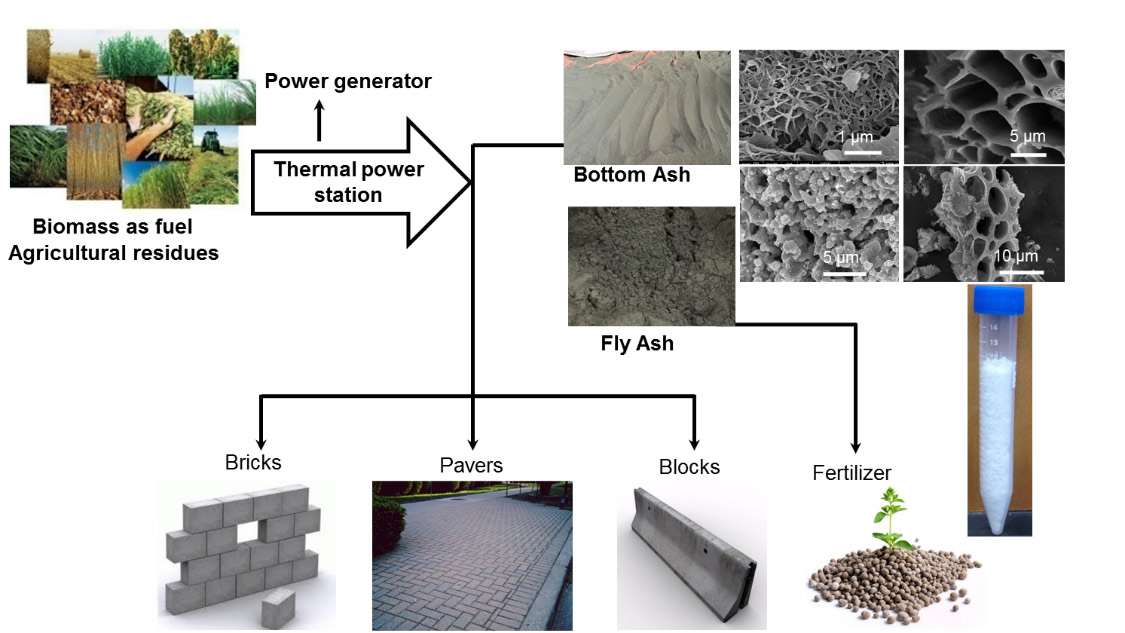Research

Smart Materials and Interfaces Group
Research Projects
Nanomedicine: Polymer drug conjugates based nanodelivery systems: Despite years of scientific effort invested on the development of nanodelivery systems, the challenge of batch-to-batch variation in the amount of drug loaded in the delivery system remains an unresolved challenge. We are mitigating this challenge by applying a covalent molecular construct where the drug molecules are covalently conjugated to the delivery system. The covalent conjugation will ensure that each batch of the nanodelivery system contains same amount of drug in a certain amount of nanoparticles hence will help in overcoming the challenge of batch to batch variation. With the drug polymer covalent conjugation as the core idea, this endeavour includes development of three generations of nanomedicines: (1) First generation of nanodelivery systems that will specifically deliver the drug to cancer tissues without damaging the normal tissues. (2) Second generation of nanodelivery systems will include therapeutic as well as imaging agents. (3) Third generation of nanodelivery systems will incorporate the stimuli responsive nature which will ensure that the anticancer drug is only released in cancer tissue. These include physical encapsulation as well.
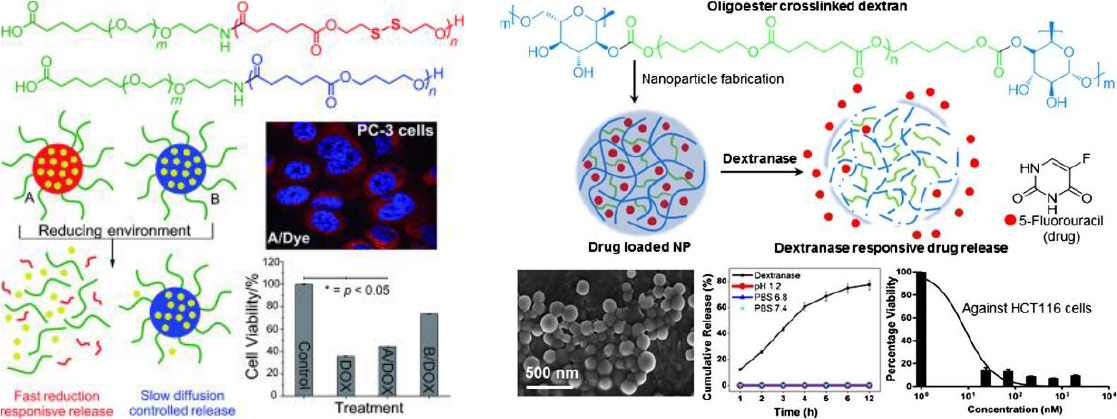
Nanomaterial based tools for purification and cryo-EM enabled molecular investigation of proteins: In this project, we are designing and developing a range of novel probes for potential applications in molecular imaging and protein purification. In this context, the chemical strategies historically emerged during the development of NMs for targeted drug delivery applications are being exploited for the fabrication of NMs that could be employed as contrast agent in cryo-electron microscopic (cryo-EM) investigations of selected proteins. For this purpose, gold nanoparticles (AuNPs) are being functionalized with bi-functional linkers. The targeting ligands employed in this work include glycine receptors (GlyR) antagonists (strychnine), glutathione, and biotin, respectively exhibiting high affinity towards GlyR, glutathione-S-transferases (GSTs), and streptavidin. Cryo-EM is still a young field, and its application landscape is limited by a number of constraints. Some of these constrains stem from the challenging sample preparation protocols. In this regard, chemically functionalized graphene oxide coated TEM grids are being designed that are expected to help in uniformly distributing the protein molecules onto the cryo-EM grid. The imaging of proteins using cryo-EM requires protein purification, which has posed a challenge to the state-of-the-art purification technologies in recent years. In order to simplify protein purification process, we are developing iron oxide nanoparticles that are functionalized with specific ligands. These exciting new materials are expected to provide a simple route for purifying membrane-associated proteins and enzymes.

